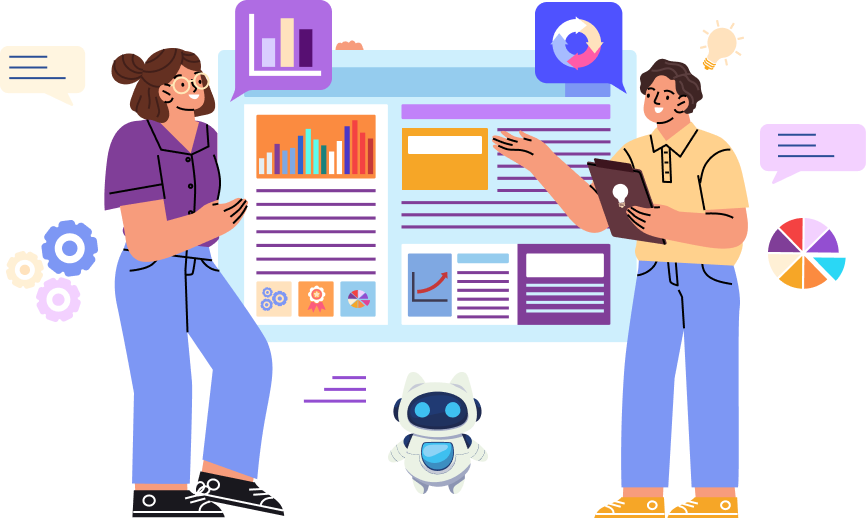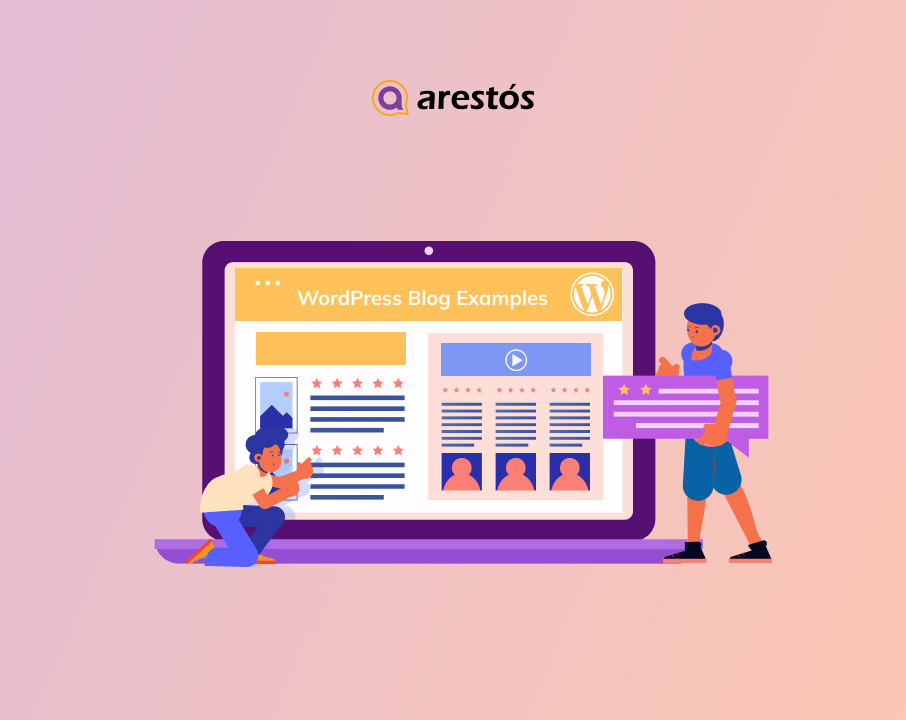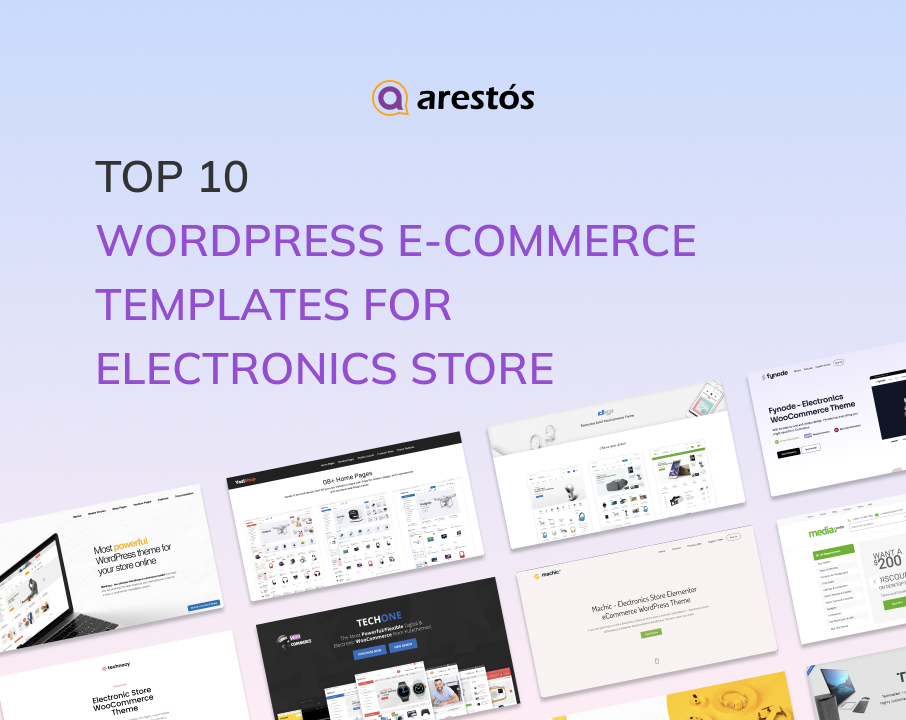Back to featured insights
6-Step E-commerce Web Design Process in Hong Kong
E-commerce Web Design is a valuable investment for any store owner who wants to boost their business. The number of eCommerce businesses is developing rapidly in Hong Kong. How do you start to set up an e-commerce web design project? Below are the top 6 important steps that formulate a fast and effective e-commerce web design process in Hong Kong
Table of Content
Share
E-commerce Web Design is a valuable investment for any store owner who wants to boost their business. The number of eCommerce businesses is developing rapidly in Hong Kong.
With more than 4.5 million online shoppers, the e-commerce penetration rate in Hong Kong is expected to hit 83.8% in 2025 from 59.8% in 2018. According to Statista ‘s projection, an average Hong Kong user would be spending $1,375.89 for online shopping in 2021.
Thus, there is no doubt that an online presence is crucial to your store’s growth and competitiveness.
So how do you start to set up an e-commerce web design project? Below are the top 6 important steps that formulate a fast and effective e-commerce web design process in Hong Kong
- Analyze the product and customers
- Define the requirements
- Choose the right partner
- Prepare essential content and information
- Testing and improvement
- Launching and Online Marketing
Let’s explore the details of each step!
1. Analyze the product and customers
Obviously, you must already know what you want to sell and how much you will sell them. It’s good if you already have some experience of selling your product online before. If not, you may want to build a smooth logistic process, from receiving and confirm orders to packaging and shipping.
It’s also vital to understand your online customers who will behave differently with people visiting your stores. Moreover, online customers also behave differently with different product categories. For example, grocery customers prefer attractive deals; meanwhile, product visuals will affect fashion customers.
Make sure you have full analytics of your products and customer personas. This will be the milestone for the next step.
2. Define the requirements
Based on the full analytics of product, customer personas, and the market, you can briefly build a brief about how your eCommerce site should be. Below are the key points of what you need to consider to design your eCommerce website:
- Hosted or self-hosted platform: Choosing the right platform is essential for your eCommerce long-term development. Make sure you decide with a vision. There are many options of hosted platforms such as Magento, Shopify. They already offer essential features of an online store at a low budget. If you plan a professional, unlimited customized, and high-traffic eCommerce site, you may want to choose a self-hosted platform. You can consult your eCommerce web design partner to make the best choice.
- Basic features: There is no limitation of features for your eCommerce. However, there is a basic set of features that you need to pay attention to Responsive design, Product Management, Content management system, Shopping Cart, Check out page, payment processing. It would help if you had a clear brief of how you want these features to function to support your management and deliver a smooth shopping journey.
- Online branding: From analyzing products and customers, you also can have an image of how you want to show your brand and products. You can define the color theme, the style, and references. Use Pinterest to collect more ideas if possible.
3. Choose the right partner
Depending on your budget and requirements, you can choose between a freelance developer or a professional web design company. When choosing the right partner, some criteria are experience, portfolio, project management, and after-sale support.
Usually, only professional web design companies offer after-sale support and maintenance. Moreover, you can be assured that your eCommerce project will be delivered promptly with high quality when working with companies.
Read more: Why you should choose a professional web design company.
4. Prepare essential content and information
After confirming the look of the web, you may need to consider producing a polished set of visuals for your products. The visual set will include detailed product photos, product ingredients, and functionality. This can help your website and brand look appealing and trustworthy.
Along with visuals, it is vital to have an insightful brand story and product description. This sounds like quite a lot of content for the first eCommerce website, but it is worth your investment and will reward you in the long term.
Besides, you can work with your partner about building the product database to import into the site after it is done. Also, prepare the full translations if you want multilingual websites.
You may want to add some special plugins such as membership or virtual wallet. Your web design partner can help you to configure the plugin based on the information you provide. For example, if you want to configure the membership plugin, you must define the membership names and how many points to exchange a membership. You also can consult your web design partner about this.
5. Testing and improvement
After the development stage, the site will go through several rounds of tests before launching. It is essential to put yourself into your customers’ shoes and test all possible situations. Testing is usually done in various browsers, across platforms, and devices. Testing includes usability, customer convenience, bugs, and appearance is to ensure a good shopping experience.
Some of the points that need to be checked at testing are website loading, compatibility, navigation, broken links, and security.
6. Launching and Online Marketing
After the site is ready, the next immediate step is to do marketing and promotional activities. A well-planned promotional strategy that reaches out to the right audience at the right time and across the right channels will help to spread brand awareness and sales conversion. There are also several plugins serving Marketing purposes to add to your site:
- SEO – Search engine marketing: ensure your branding content, product descriptions are written activating, and SEO optimization.
- Points and Rewards: you can opt to grant points and rewards for referrals – a low-cost and effective tactic to promote your name.
- Email marketing Integration: offer discounts to attract visitors to leave their emails which will be a useful resource for your marketing campaigns.
Start your eCommerce Web Design with Arestós.
Arestós is a full-cycle e-Commerce website development company. We have a wealth of experience in helping clients across industries build eCommerce websites that convert.
We offer end-to-end e-commerce development solutions: from the learning of your business and the requirements, your target users to eCommerce solution implementation, integration, and launch.
Contact us now to find the best solution for your eCommerce business.
Subscribe to our newsletter!
Get updated to
the lastest IT trends




